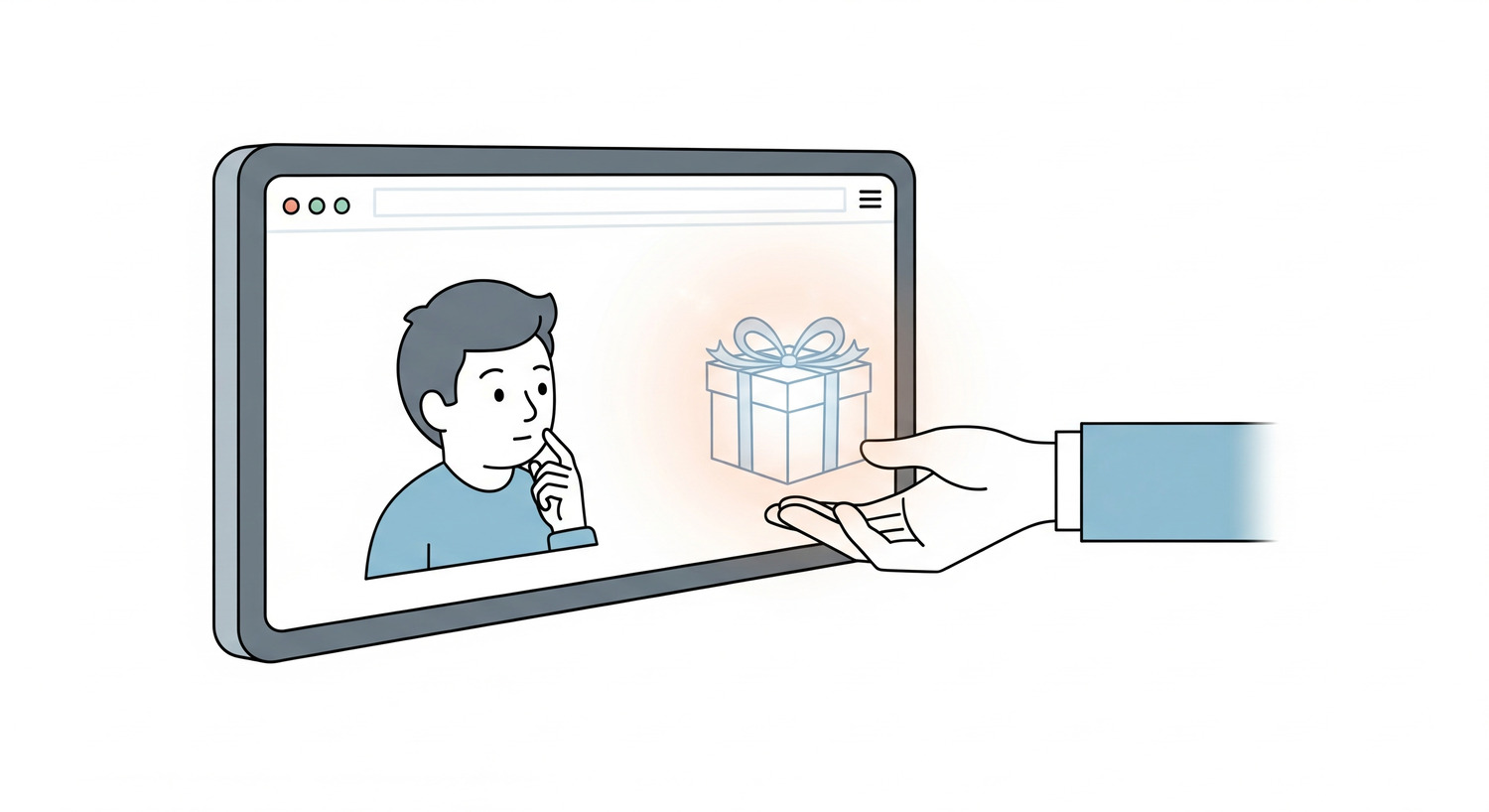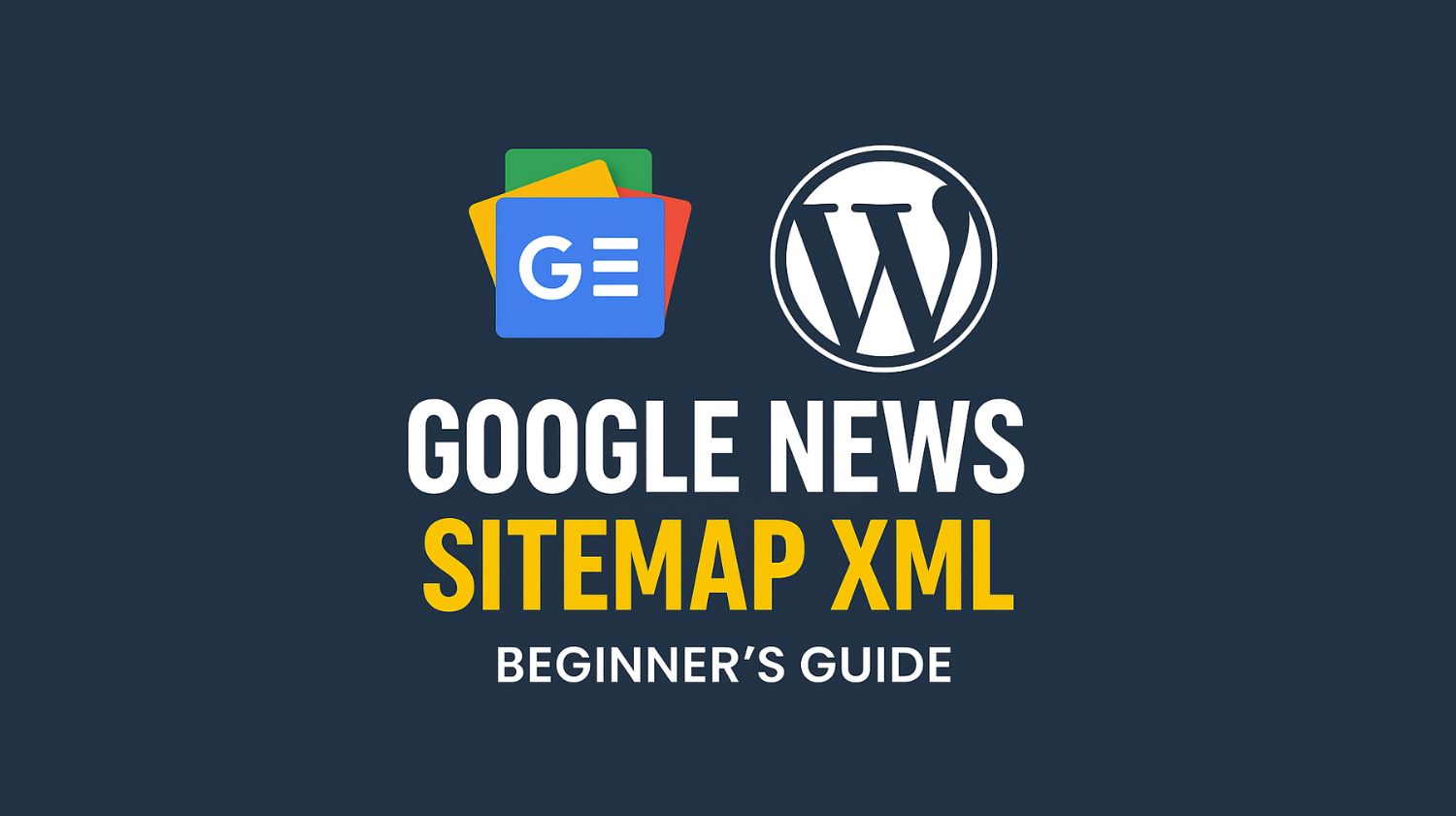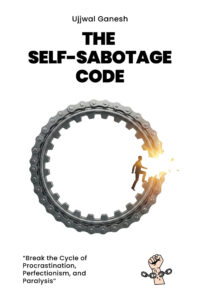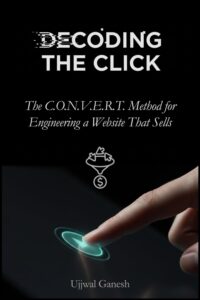Imagine walking into a store and immediately being swarmed by salespeople shouting offers and blocking your path before you can even look around. You’d walk right out. This is exactly how your website visitors feel when they’re bombarded with intrusive pop-ups, autoplaying videos, and other digital annoyances.
While promotional pop-ups can be a powerful marketing tool, they are often misused, becoming what the Nielsen Norman Group famously called the “most hated advertising technique.” This isn’t just about frustrating users; it’s about killing conversions, damaging your brand’s credibility, and even harming your SEO rankings.
As a website strategist focused on building profit centers, I’m here to show you how to engage your audience, not annoy them. Let’s dive into why most pop-ups fail and explore the modern, strategic ways to use them—and their alternatives—to grow your business.
The Google Penalty: When Pop-ups Actively Hurt Your SEO
Since 2017, Google has taken a firm stance against what it calls “intrusive interstitials,” especially on mobile devices where screen space is limited. Websites that use pop-ups to cover the main content, or that require a user to dismiss them before they can access the page, can be penalized with lower search rankings.
The impact can be devastating. One study published on Search Engine Land detailed an 87% drop in organic traffic after an intrusive interstitial went live. The homepage itself lost 96-97% of its keyword rankings. Why? Because these pop-ups create a terrible user experience, which leads to high bounce rates—a major negative signal to Google.
What Makes a Pop-up “Bad”?
The line between helpful and hated is thin. A bad pop-up is almost always a result of poor strategy and a lack of respect for the user’s journey.
- Bad Timing: The most common mistake is the immediate entry pop-up. It appears the moment a visitor lands on your site, asking them to subscribe or buy before they’ve had a single second to see your content. This is aggressive and ineffective.
- Irrelevant Offers: A pop-up offering a discount on a product the user has shown no interest in is just noise. Generic messages get ignored.
- Intrusive Design: Full-screen overlays that block all content, or pop-ups with a hidden or tiny “X” to close them, make users feel trapped and frustrated.
- Excessive Frequency: Bombarding a user with multiple pop-ups in one session is a guaranteed way to make them leave and never return.
The Fix: A Blueprint for Pop-ups That Convert (Without Annoying)
Pop-ups aren’t inherently evil. When executed thoughtfully, they can be incredibly effective. Companies like Hotjar and Campaign Monitor have captured thousands of leads and boosted conversions by over 10% using well-timed, value-driven pop-ups. The key is strategy.
If you must use pop-ups, follow these rules:
- Timing Is Everything: Never use an immediate entry pop-up. Instead, trigger pop-ups based on user behavior:
- Exit-Intent: This is the most popular and effective method. The pop-up appears only when the user’s cursor moves toward the back button or to close the tab. It’s a last-ditch effort to provide value without interrupting their Browse.
- Time-Delayed: Set the pop-up to appear only after a user has been on the page for a specific amount of time (e.g., 15-30 seconds).
- Scroll-Delayed: Trigger the pop-up only after a user has scrolled a certain percentage down the page (e.g., 50%).
- Offer Genuine Value: Don’t just ask users to “Subscribe.” Give them a compelling reason. The offer should be an irresistible exchange for their email address. Good examples include:
- “Get 15% Off Your First Order”
- “Download Our Free E-book on [Topic]”
- “Join the VIP List for Early Access to Sales”
- Make Escape Easy: The close button (“X”) must be instantly visible and easy to click on all devices. Making it difficult to close a pop-up is a dark pattern that destroys trust.
- Use AI & Personalization: In 2025, generic pop-ups are obsolete. Use tools that leverage AI to deliver personalized offers based on user behavior, such as which pages they’ve visited or items they have in their cart. Personalized CTAs have been shown to convert 202% better than default versions.
Better Alternatives for Lead Generation
Often, the best pop-up is no pop-up at all. Here are some highly effective, non-intrusive alternatives to capture leads:
- Sticky Bars: These are thin banners that “stick” to the top or bottom of the screen as a user scrolls. They are visible without covering content and are perfect for site-wide announcements or a persistent newsletter sign-up.
- Inline Forms: Integrate your sign-up forms naturally within your content. For example, place a newsletter form at the end of a relevant blog post.
- Slide-in CTAs: These are small boxes that slide in from the corner of the screen, usually after a user has scrolled down the page. They are less disruptive than a central overlay.
- Chatbots: A modern chatbot can engage users conversationally, answer their questions, and ask for their email address in a helpful, non-aggressive way.
Engage, Don’t Enrage
Your website’s goal is to build a relationship with your visitors, not to ambush them. By moving away from aggressive interruptions and toward strategic, value-driven engagement, you can achieve your conversion goals while building a brand that customers respect and trust.













